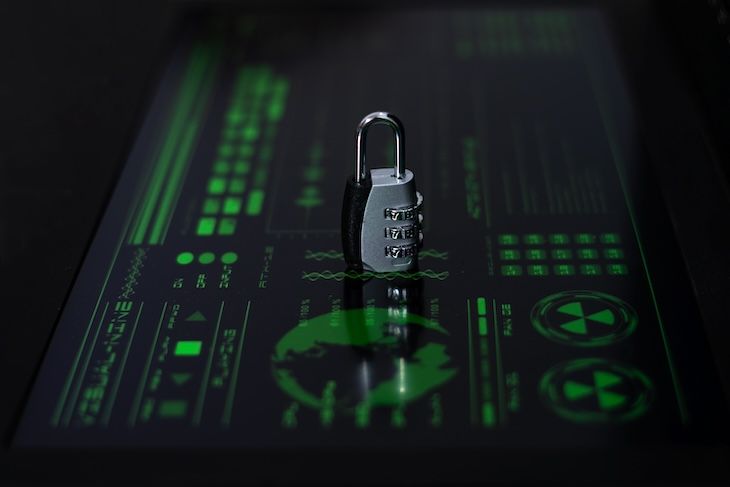blog post
in Logsign Blog
We are sorry!
We couldn’t find results for
Search tips
- Please double check your spelling.
- Use more generic search terms.
- Your search may have been discontinued, removed or is not yet on our site.
- Navigate to a category using the links below or using the site navigation above.
People who searched also viewed
CATEGORIES
TAG CLOUD





